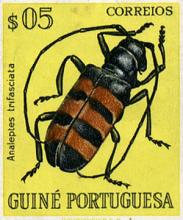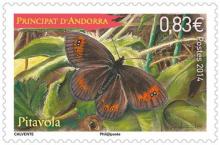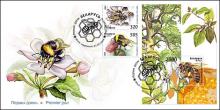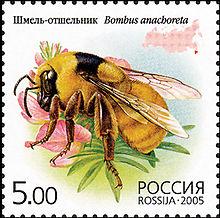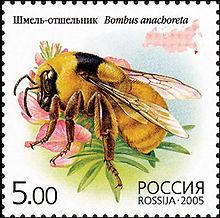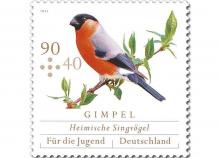Het boek "Disaster in the Making" van Henk Tennekes van 2010 wordt ondersteund door een recent rapport van EASAC
Politici en wetenschappers staren zich in het debat over de zogenoemde 'neonicotinoïden' - een veel gebruikte groep gifstoffen voor de landbouw - te veel blind op het wel en wee van de honingbij. Er is groeiend bewijs dat juist andere onschuldige insecten en zelfs vogels ernstige schade van deze gifstoffen ondervinden. Dat schrijft het hoogste onafhankelijke wetenschapsorgaan van Europa, de koepel van wetenschapsacademies van 29 landen EASAC, in een advies aan de Europese Commissie. Die had de EASAC gevraagd om de kennis over de insectendodende neonicotinoïden nog eens goed en eerlijk op een rij te zetten. De uitkomst liegt er niet om: op basis van ruim honderd recente studies stelt het orgaan dat er 'duidelijk wetenschappelijk bewijs is' dat ook zeer lage doses neonicotinoïden schadelijk zijn voor soorten waartegen ze helemaal niet zijn bedoeld. Bovendien is er steeds meer bewijs dat de gifstoffen 'ernstige negatieve effecten' hebben op soorten als kevers, vliegen en hommels.

